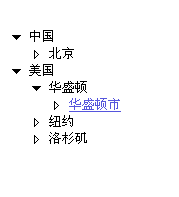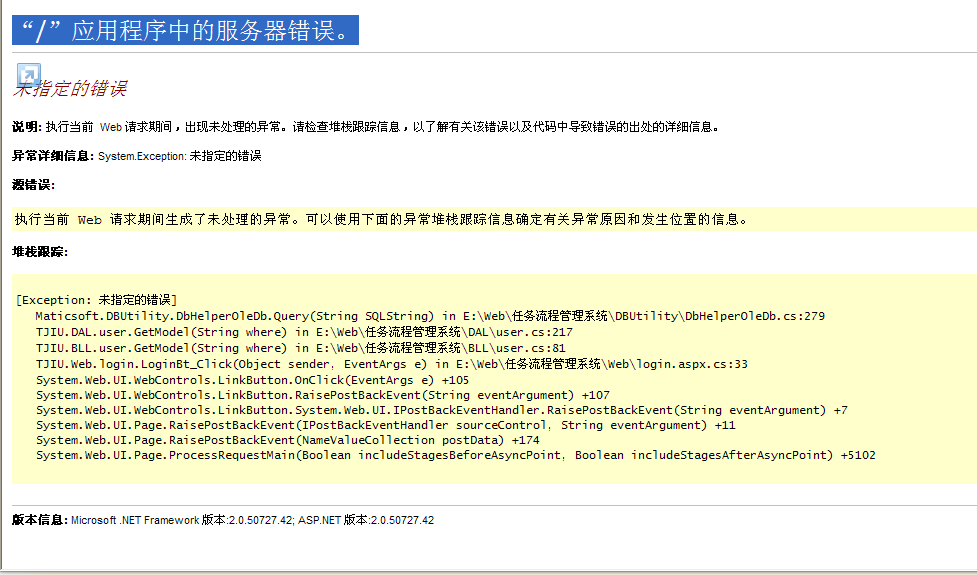答案:Destructors in C#
By AnsilIntroduction
In the enterprise application development world, the buzzwords are Performance, Scalability, and Security. I started my career as a VC++ programmer, and one fine morning, I was transferred to Web development department. Like every C++ programmer, I also was frustrated. I thought every Tom, Dick, and our very own Harry can program in HTML. But, soon I found that the real challenge is to produce high performance, scalable, and reliable applications. And above all that the loosely coupled, stateless nature of web environment is always going to haunt you.
In order to produce high performance scalable applications, it is important to use your resources in an optimized manner. One tip is that use your resource as late as you can and free it at the earliest after your use. My intention here is to describe the object cleaning up mechanism used in C#.
Destructors
As we all know, ‘Destructors’ are used to destruct instances of classes. When we are using destructors in C#, we have to keep in mind the following things:
- A class can only have one destructor.
- Destructors cannot be inherited or overloaded.
- Destructors cannot be called. They are invoked automatically.
- A destructor does not take modifiers or have parameters.
The following is a declaration of a destructor for the class
MyClass:~ MyClass()
{
// Cleaning up code goes here
}The programmer has no control on when the destructor is going to be executed because this is determined by the Garbage Collector. The garbage collector checks for objects that are no longer being used by the application. It considers these objects eligible for destruction and reclaims their memory. Destructors are also called when the program exits. When a destructor executes what is happening behind the scenes is that the destructor implicitly calls the
Object.Finalizemethod on the object's base class. Therefore, the preceding destructor code is implicitly translated to:protected override void Finalize()
{
try
{
// Cleaning up .
}
finally
{
base.Finalize();
}
}Now, let us look at an example of how destructors are called. We have three classes
A,BandC.Bis derived fromA, andCis derived fromB. Each class has their own constructors and destructors. In themainof the classApp, we create an object ofC.using System;
class A
{
public A()
{
Console.WriteLine("Creating A");
}
~A()
{
Console.WriteLine("Destroying A");
}
}
class B:A
{
public B()
{
Console.WriteLine("Creating B");
}
~B()
{
Console.WriteLine("Destroying B");
}
}
class C:B
{
public C()
{
Console.WriteLine("Creating C");
}
~C()
{
Console.WriteLine("Destroying C");
}
}
class App
{
public static void Main()
{
C c=new C();
Console.WriteLine("Object Created ");
Console.WriteLine("Press enter to Destroy it");
Console.ReadLine();
c=null;
//GC.Collect();
Console.Read();
}
}As we expect, the constructors of base classes will be executed and program will wait for the user to press 'enter'. When this occurs, we set the object of class
Ctonull. But the destructors are not executing ..!!?? As we already said, the programmer has no control on when the destructor is going to be executed because the Garbage Collector determines this. But the destructors are called when the program exits. You can check this by redirecting the o/p of the program to a text file. I have the output here. Notice that the destructors of the base classes are called because behind the scenesbase.Finalize()is called.Creating A
Creating B
Creating C
Object Created
Press enter to Destroy it
Destroying C
Destroying B
Destroying ASo, what do you do if you want to call the destructors once you are finished using the object? There are two ways:
- Call the Garbage collector to clean up.
- Implement
Disposemethod ofIDisposableinterface.Calling the garbage collector
You can force the garbage collector to do clean up by calling the
GC.Collectmethod, but in most cases, this should be avoided because it may result in performance issues. In the above program, remove the comment onGC.Collect(). Compile and run it. Now, you can see the destructors being executed in the console itself.Implement IDisposable interface.
The
IDisposableinterface contains only one public method with signaturevoid Dispose(). We can implement this method to close or release unmanaged resources such as files, streams, and handles held by an instance of the class that implements this interface. This method is used for all tasks associated with freeing resources held by an object. When implementing this method, objects must seek to ensure that all held resources are freed by propagating the call through the containment hierarchy.class MyClass:IDisposable
{
public void Dispose()
{
//implementation
}
}When we implement
IDisposableinterface, we require discipline to ensure thatDisposeis called properly.Using the Destructor and IDisposable interface together
Public class MyClass:IDisposable
{
private bool IsDisposed=false;
public void Dispose()
{
Dispose(true);
GC.SupressFinalize(this);
}
protected void Dispose(bool Diposing)
{
if(!IsDisposed)
{
if(Disposing)
{
//Clean Up managed resources
}
//Clean up unmanaged resources
}
IsDisposed=true;
}
~MyClass()
{
Dispose(上一个:上传图片画带阴影的水印.(C#)
下一个:使用C#编写一个计时器





